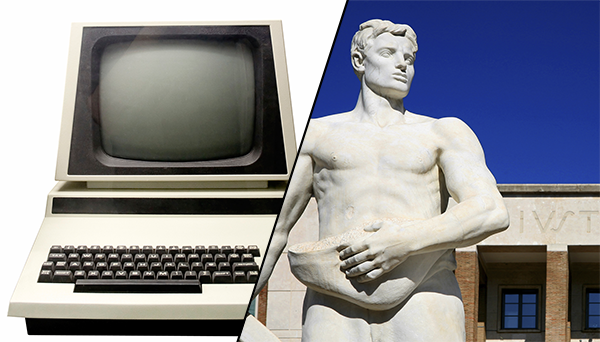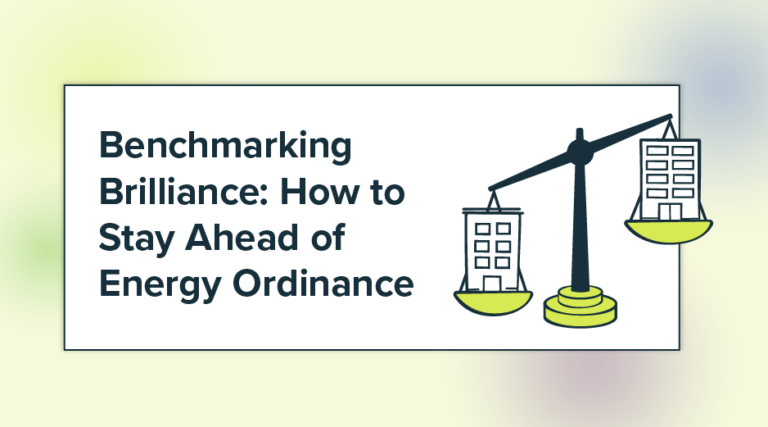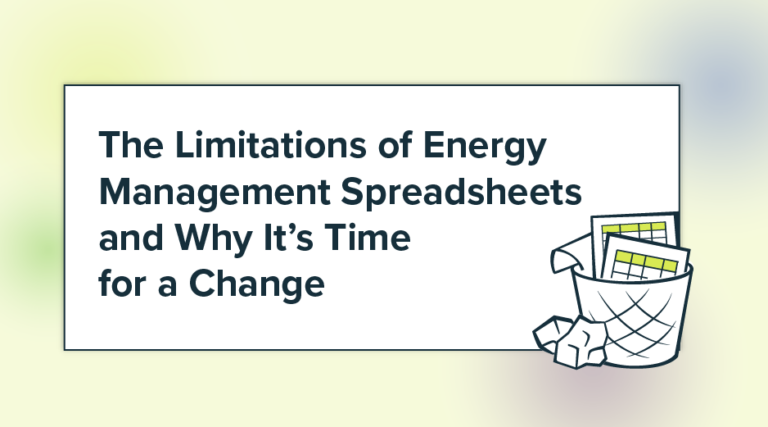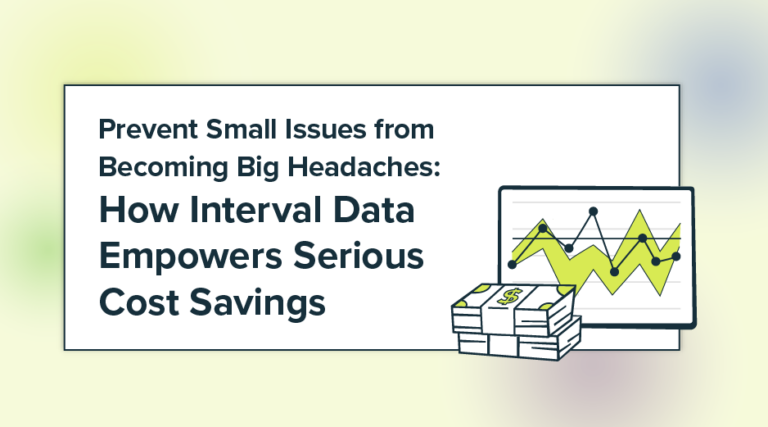
Recently, we sponsored an Energy Leader Webinar featuring Steve Heinz, AEE’s 2013 International Energy Engineer of the Year. Drawing on his 35+ years of experience in the energy management industry, Steve talked about how to leave an energy management legacy—rather than becoming legacy.
Here’s the difference between the two:
Legacy Energy Management
Think of the term, legacy software. This term describes software that is outdated and on its way out. Like legacy software, legacy energy management is energy management that sooner or later will be obsolete and out of date. Some energy managers think that if they can get that one big project approved by senior management and successfully installed, that big shiny piece of hardware will be their energy management legacy. Unfortunately, big shiny pieces of hardware, although they might be valuable for a number of years, eventually become legacy energy management.
So how do you leave a legacy without becoming one?
Energy Management Legacy
An energy management legacy is one that changes the organizational culture at the highest levels. An energy management legacy makes efficiency and sustainability permanent priorities, so that when one project has been completed, the organization is still moving forward to continue to drive down energy consumption and continue to seek out the most energy-efficient means possible.
So how can you get from a project-centered energy management focus to an integrated, company-wide commitment?
What you have to do is to consistently demonstrate the value of energy efficiency, because at the end of the day, the priorities in organizations are based upon the value to the organization. Equate energy efficiency with net positive value. And it’s not just bottom-line dollars—it could be value expressed in other ways like:
- increased public recognition
- a greener public image for your organization
- increased building value
The bottom line is that you want to equate net positive value with energy efficiency. This is often achieved through a written commitment to continuous improvement. If you read the ISO 50001 Energy Management Guide, it’s all about the cycle: planning, implementing, following up, and then making adjustments that feed back into the plan.
Example: Kroger
Take the Kroger Company as an example. Kroger is the largest U.S. grocery retailer. They’re the 23rd largest company in the U.S. in revenue —about $100 billion a year in revenue, the second largest retailer behind Walmart, and the fifth largest retailer in the world. Kroger has been in business 131 years and has 375,000 employees. They are a very significant organization.
So what have they done in energy management? Kroger has left a legacy. When you compare Kroger’s current energy use to their energy use in base year 2000, they’ve driven down their rate of energy use per square foot by almost 35 percent. They’ve implemented many technologies to do that —cutting-edge technologies and building controls and refrigeration controls. And they have adopted EnergyCAP software for their utility bill management and cost avoidance calculations. Kroger already has 557 ENERGY STAR-rated stores.
How did Kroger do this, and how do they continue to do this?
Continuous Improvement
Kroger’s success is due primarily to a strategy of continuous improvement. Since energy management has become part of the corporate culture they’ve adopted: Plan-Do-Check-Adjust (PDCA). In other places, this cycle of continuous improvement is called PIFA: Plan-Implement-Followup-Adjust. If you read the ISO 50001 Energy Management Guide, continuous improvement is the guiding principle. ISO 50001 is non-specific. It doesn’t say, “In order to be an effective energy manager, you have to do this project and that project and you have to install this technology.” It avoids naming measures or technologies. But it is specific about the cycle: Planning, implementing, following up, and then adjusting, using what you’ve learned and feeding that knowledge back into the plan. Then doing this over and over, so that the organizational philosophy becomes a process of continuous improvement.
If Kroger can do it, why not you?
Your Report Card
We’ve created an Energy Management Report Card based on the content of Steve’s Legacy webinar. Why not download it now, and grade yourself on your progress toward creating your own energy management legacy?
{{cta(‘3d86a85e-a0ec-4b89-aa9d-9c73a8db56ff’)}}
Comment back with your own thoughts on how to leave a legacy!
 Best-in-class portfolio-level energy and utility bill data management and reporting.
Best-in-class portfolio-level energy and utility bill data management and reporting.
 Real-time energy and sustainability analytics for high-performance, net-zero buildings.
Real-time energy and sustainability analytics for high-performance, net-zero buildings.
 A holistic view of financial-grade scope 1, 2, and 3 carbon emissions data across your entire business.
A holistic view of financial-grade scope 1, 2, and 3 carbon emissions data across your entire business.
 Energy and sustainability benchmarking compliance software designed for utilities.
Energy and sustainability benchmarking compliance software designed for utilities.



